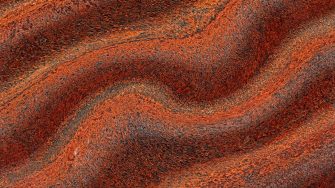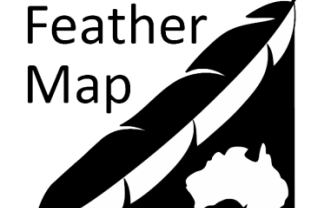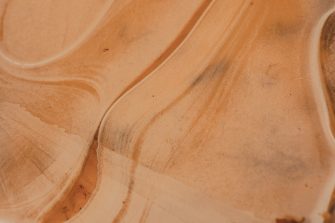
This collaborative pilot project between the Taronga Conservation Society Australia and the Centre for Ecosystem Science is using nuclear science techniques to determine whether it is possible to distinguish between captive and wild Short-beaked echidnas (Tachyglossus aculeatus) using their quills.
Quills, like feathers (see Feather Map of Australia), are made from keratin which stores a record of diet as it grows. Quills are thought to grow over a long period of time (>12 months) and so keep a long historical record of diet. Using quill samples from both captive echidnas, kept at Taronga Zoo, and quills from wild echidnas that have been brought into the Zoo wildlife hospital, we applied two analysis methods; stable isotope and elemental analyses to determine whether it is possible to distinguish the captive-raised echidnas from wild ones.
We found that it is possible, using both elemental analysis and stable isotope analysis, to distinguish between captive and wild echidnas. We could accurately identify wild from captive with 96% accuracy. The results of this project have significant implications for the illegal wildlife trade and provide a forensic tool that can be used to distinguish captive-bred from wild-caught individuals being traded.
For further information, email Dr Kate Brandis (Kate.Brandis@unsw.edu.au).



